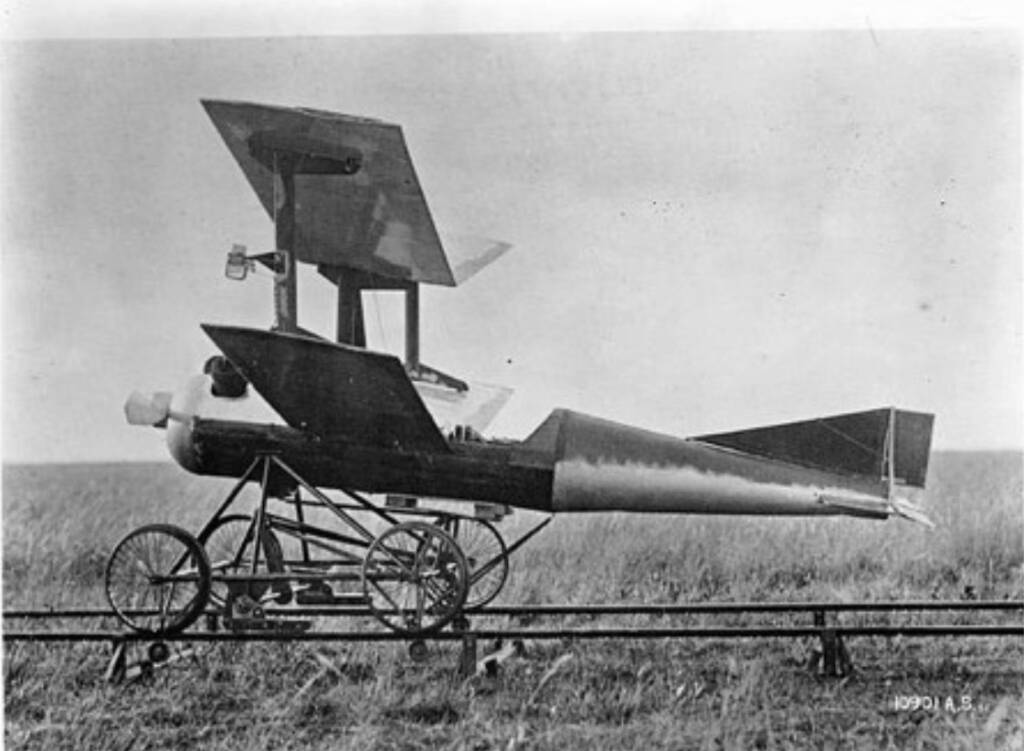The conduct of warfare has undergone significant shifts in recent years. In the ongoing Ukraine-Russia war, Ukraine has been using cheap “suicide” drones to attack and disarm Russian tanks worth millions. The conflict highlights the growing importance of drones in warfare, and the need to protect against these modern-day killing machines.
Drones offer greater autonomy, enhanced capabilities, and comprehensive 360-degree defence strategies, introducing novel tactics to the battlefield. By the time you finish reading this blog, there will likely be new advancements in drone technology.
Since their initial development, drones have advanced significantly, becoming integral to modern military operations. The global military drone market is projected to grow to $28.84 billion by 2032!

While the US and Israel have long-established drone industries, more than 80 countries, including newcomers like Turkey and Iran, are now estimated to have military drones.
This raises an important question: What does the future hold for drone defence?
Drones – the new weapons of mass destruction
The world is moving towards creating lighter, smarter, more cost-effective, and more heavily armed drones. With dependence on Artificial Technology (AI), “Intelligentized Warfare” is on the horizon.
Numerous ongoing projects are poised to revolutionize the defence landscape. For example, future drones will likely operate in swarms equipped with electronic jamming devices to disrupt communications. A fleet of unmanned ships by the 2040s, along with smaller surface and underwater drones, all powered by AI, are currently under development.
But it doesn’t end here. A new generation of Lethal Autonomous Weapons Systems (LAWS) is emerging, capable of identifying, tracking, and attacking targets without human intervention.In the long term, drones will benefit from advances in AI and computing. The commercial drone market is expected to feature deploy-and-forget drones capable of travelling at very high speeds, potentially hypersonic. Some larger militaries have already developed drones that can achieve these speeds, primarily for delivering warheads. Over the next decade, this technology will integrate with swarm capabilities and autonomy, creating highly effective military drones.
Military drone trends shaping the future of warfare
Anticipated trends include but are not limited to:
- Stealth and Low-Observable Drones: Operating in contested airspace with minimal risk of detection and interception, stealth drones enhance survivability in high-threat environments.
- Advanced Sensor Capabilities: Upgraded sensors, such as multispectral imaging, hyperspectral sensors, and synthetic aperture radar, deliver detailed and comprehensive data for enhanced military operations.
- Long-Endurance Surveillance: Military drones capable of extended flight durations are crucial for persistent surveillance and reconnaissance. These drones can loiter over target areas, providing continuous monitoring and real-time intelligence.
- Enhanced Endurance Technologies: Ongoing research into mid-air refuelling and rapid battery recharging technologies aims further to extend the range and operational endurance of military drones.

Legal and ethical considerations
Governments worldwide are grappling with how to regulate drone operations to protect citizens’ privacy while allowing beneficial applications like disaster response and infrastructure inspection. Some considerations include:
- Ethical Use of Lethal Force: The autonomous capabilities of future drones raise ethical questions about the use of lethal force and the potential for autonomous decision-making during combat.
- International Laws and Treaties: Compliance with international laws, such as the Geneva Conventions and agreements on armed conflict, remains paramount. Drone operations must adhere to established legal frameworks.
- Privacy and Surveillance: Balancing national security needs with individual privacy rights is an ongoing challenge, particularly in domestic and civilian contexts.
- Transparency and Accountability: Maintaining transparency in drone operations and establishing accountability mechanisms is essential for upholding ethical standards.
Striking a balance between innovation and safeguarding human rights is essential as drone technology continues to evolve and integrate into various aspects of society.
Need for a comprehensive counter-drone technology
As drone technology evolves, so must our defences. Organizations worldwide—from airports and stadium authorities to oil and gas companies and military bodies—are recognizing the importance of mitigating security risks by installing Counter-Unmanned Aerial Systems (C-UAS) systems.
Counter-drone technology is crucial for safeguarding critical assets and ensuring the safety of military operations. A comprehensive system can detect, track, and neutralize drones effectively. Such a system must be autonomous, continuously updated to counter the latest drone advancements, and capable of adapting to diverse threats in real time.
This ensures the protection of infrastructure, public safety, and national security against the growing threat posed by drones in both civilian and military contexts.
Indrajaal – an autonomous aerial security system
Indrajaal is the result of 15+ years of R&D in autonomous aerial defence. The team behind Indrajaal brings extensive expertise in radar technology and airspace management.
The system autonomously safeguards against drones of all classifications, integrating 12 modules of advanced technology to provide comprehensive aerial security. Among these technologies are patented HyperSensing™ and WeaponFusion™ technologies, which are pivotal in delivering a unified and highly efficient autonomous drone security system.

Moreover, Indrajaal is designed for versatility and scalability. Its modular design allows for easy integration with existing security infrastructure, making it adaptable to various operational environments. The system can be deployed in diverse settings, from critical infrastructure protection to event security and military operations, safeguarding against evolving drone threats.
By consolidating data from radar, cameras, and other sensors, Indrajaal can create a comprehensive multi-dimensional overview. Powered by advanced AI algorithms, this technology analyzes real-time data to accurately differentiate between authorized and unauthorized aerial systems. A decentralized, mobile, and AI-enabled implementation can be achieved with a wide array of sensors and technologies connected to the Command & Control Centre through a fully secured mesh. Unlike similar systems, Indrajaal doesn’t just detect — it reacts intelligently.
Schedule a demo with us to learn more.